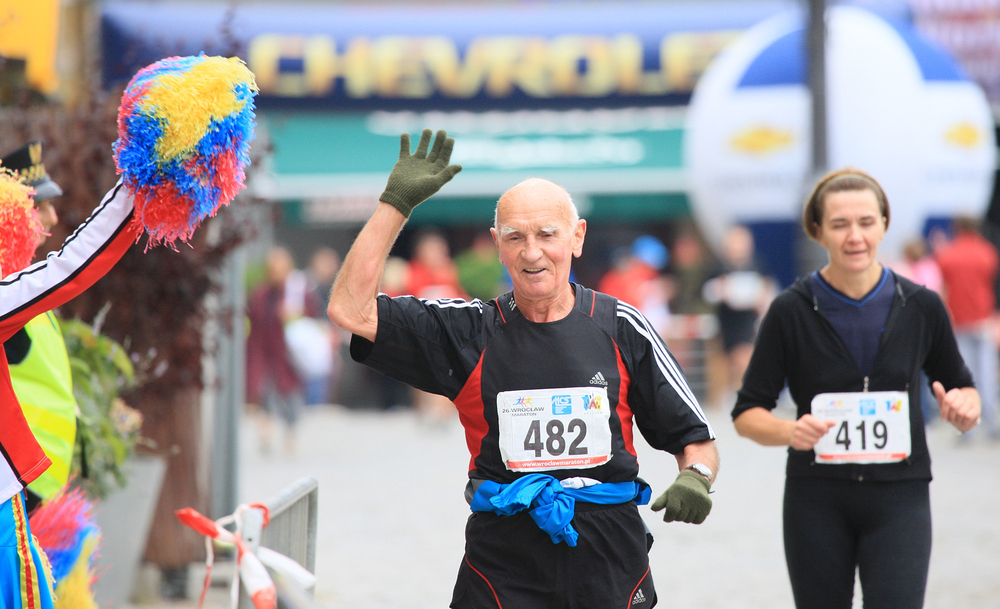People have long associated being cold with getting sick. With the advent of germ theory, doctors and scientists began to suspect that it wasn’t the temperature itself making people fall ill, but rather that something about harsher conditions weakened the immune system, allowing viruses people are exposed to—such as those behind the common cold, the flu, or COVID-19—to take hold more easily. However, the precise reasons that chilly temperatures increase infection susceptibility has remained elusive, so seasonality is usually explained by changing human behavior patterns—especially a tendency to crowd together indoors to escape colder weather.
Now, research published today (December 6) in The Journal of Allergy and Clinical Immunology offers up a mechanism that could explain how being cold influences catching a cold: Nasal cell defenses are weaker when the cells are cold. “Conventionally, it was thought that cold and flu season occurred in cooler months because people are stuck indoors more where airborne viruses could spread more easily,” study coauthor Benjamin Bleier, director of otolaryngology translational research at Mass Eye and Ear, says in a press release. “Our study, however, points to a biological root cause for the seasonal variation in upper respiratory viral infections we see each year, most recently demonstrated throughout the COVID-19 pandemic.”
See “Viruses Prefer the Cold”
The researchers conducted in vitro experiments on nasal cells taken from healthy human volunteers, measuring their response to three cold-causing viruses (a coronavirus and two rhinoviruses). Under normal temperature conditions, these cells—which in vivo occur near the front of the nose and therefore are among the first encountered by an invading virus—respond to viruses by triggering the release of a “swarm” of extracellular vesicles (EVs), as the study puts it. This is triggered by a slightly different signaling pathway than those released in response to bacteria: the protein Toll-like receptor 3 (TLR3) detects the presence of viruses, and in response, launches the immune response that ends with the release of the EV swarm.
Further analysis revealed that at typical nasal temperatures, the surfaces of the EVs released in this manner were coated in receptors that the tested viruses normally use to bind to and invade the nasal cells. Indeed, the EVs’ surfaces boasted 20 times as many of these viral receptors as the cells’ membranes, making the EVs effective decoys, Bleier explains to CNN. The study also found that the EVs were loaded up with the microRNA miR-17, which neutralized the three viruses by blocking their replication.
However, when the cells’ temperature was reduced by 5° C—mirroring the temperature drop that occurred within the nose of human participants subjected to near-freezing cold—the number of EVs released by the tissue samples dropped by 42 percent. These EVs also had fewer surface receptors, meaning the viruses were less likely to bind to them over nasal cells, and contained less miR-17—indicating that staying out in the cold inhibits the nasal immune system in three ways at once. However, Stanford University School of Medicine rhinologist Zara Patel, who didn’t work on the study, cautions CNN that there’s no guarantee the in vitro experiments would be replicated in vivo.
Study coauthor Mansoor Amija, a pharmaceutical scientist and chemical engineer at Northeastern University, suggests in the university’s press release that his team’s uncovering of this antiviral defense mechanism could lead to new interventions, “exploiting a natural phenomena in the nose to inhibit viral transmission.” For instance, he suggests the findings may help scientists build artificial versions of the EVs that act as “virus sponges,” and he points to the miRNA discovered as an “an antiviral compound that destroys [the virus] before it infects the actual cell,” which could be further explored therapeutically.
In the meantime, the study offers extra incentive to wear a mask this winter as COVID-19 cases spike once again, Bleier tells CNN, saying that a mask can work “like wearing a sweater on your nose.” Patel agrees: “The warmer you can keep the intranasal environment, the better this innate immune defense mechanism will be able to work,” she tells the outlet.














